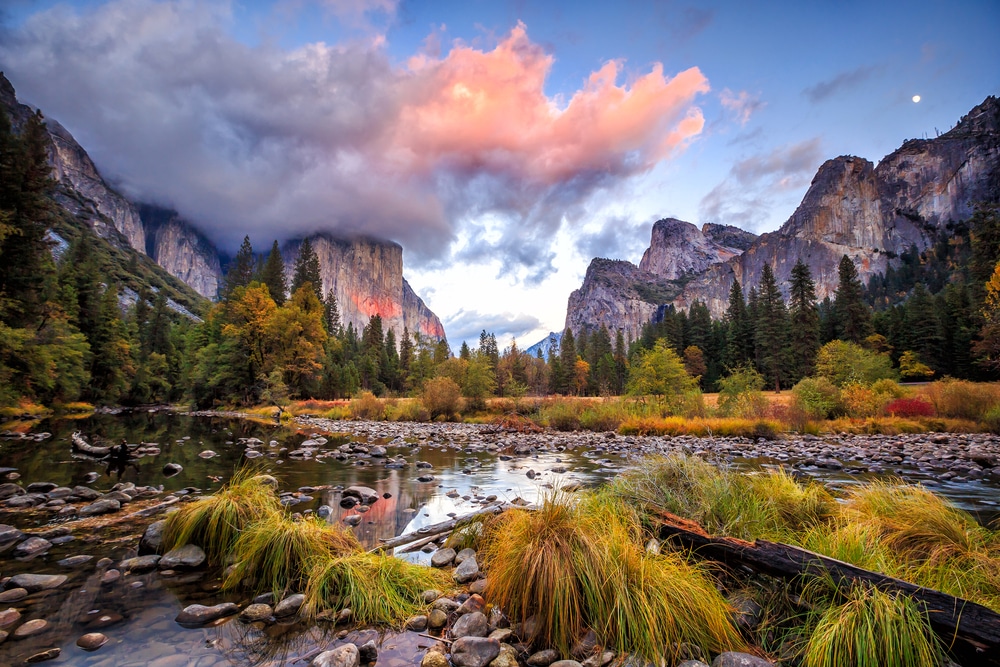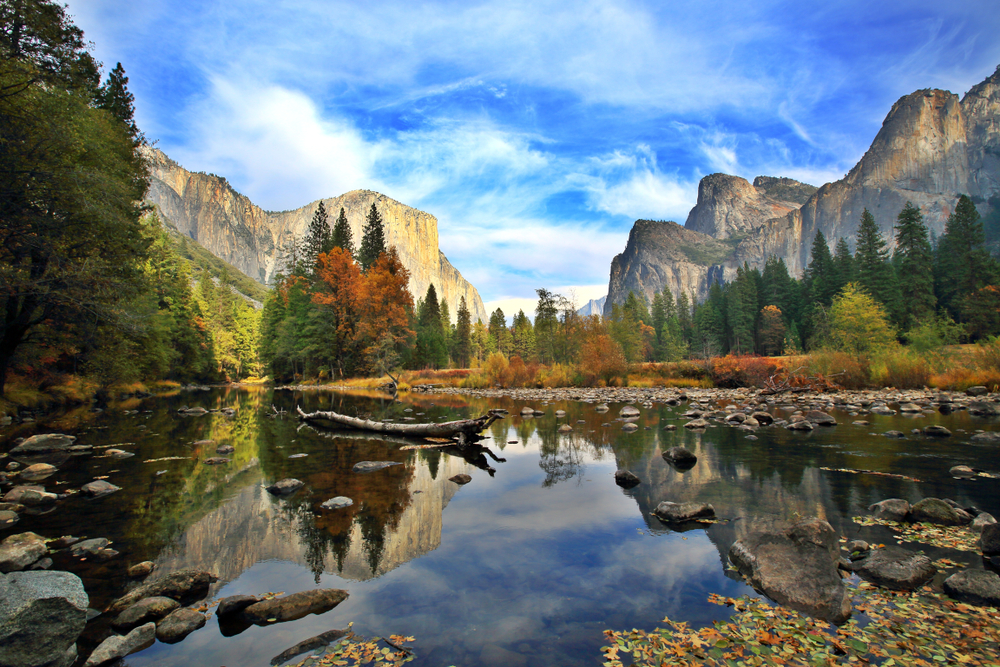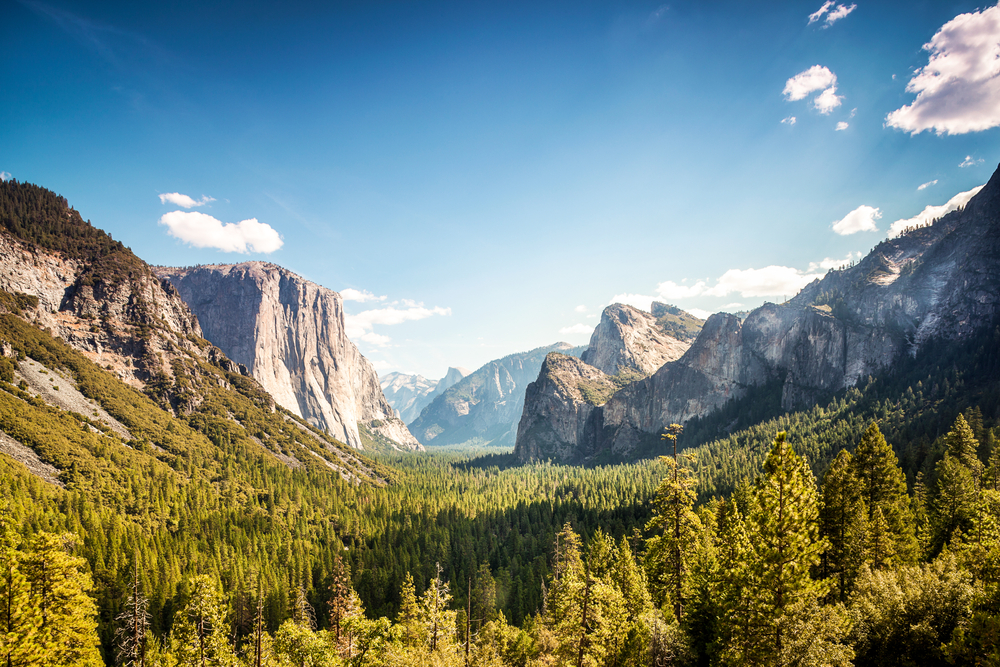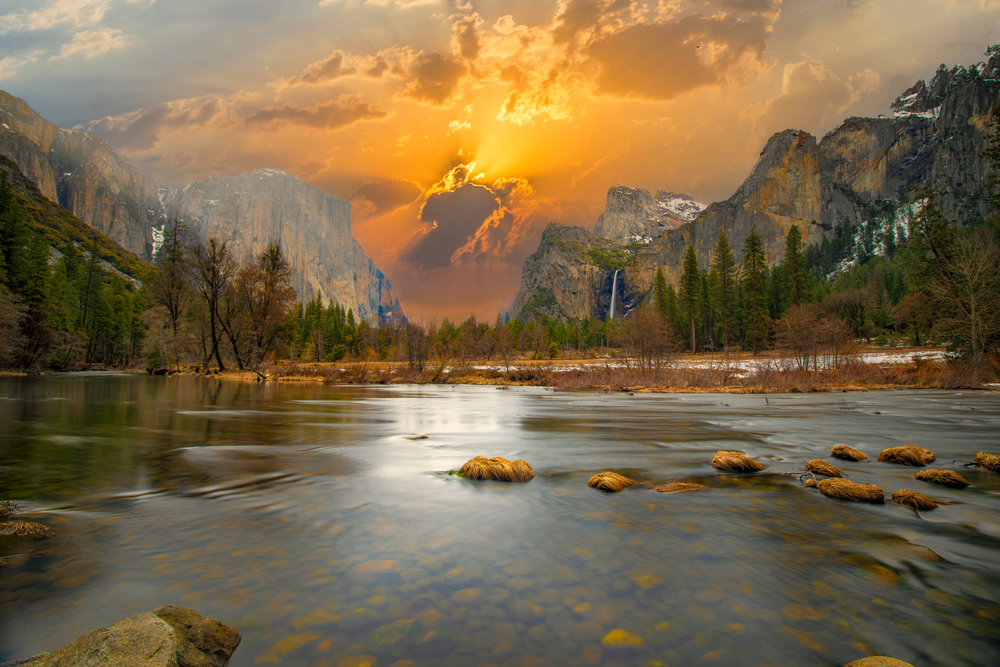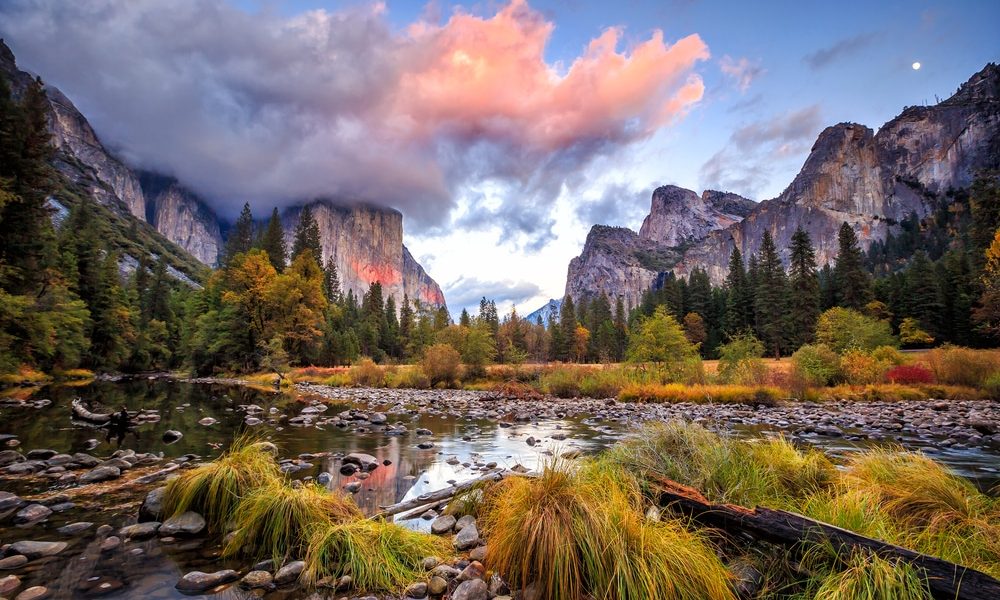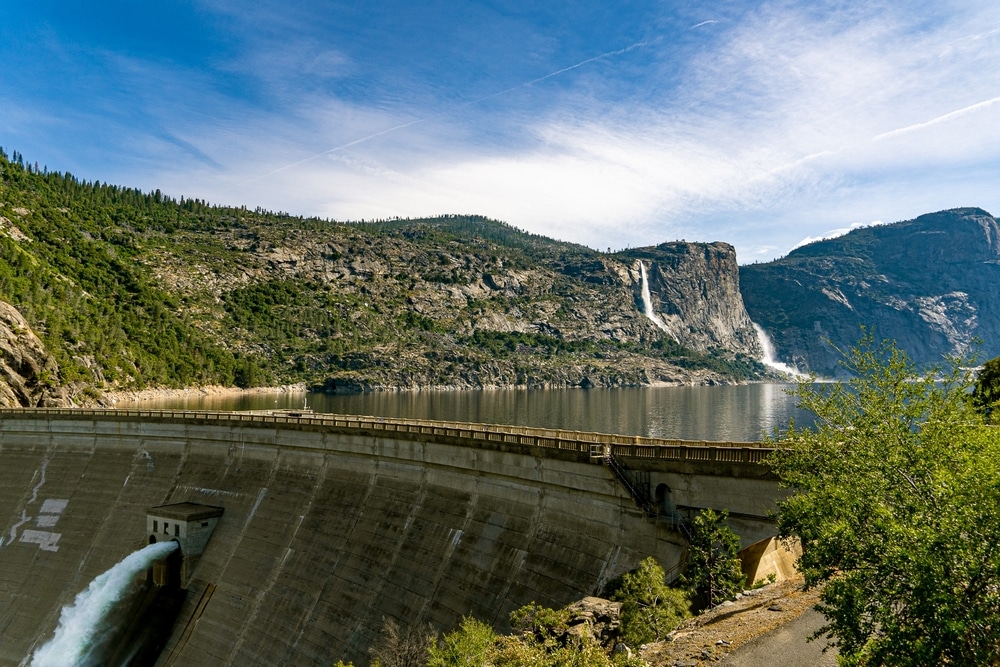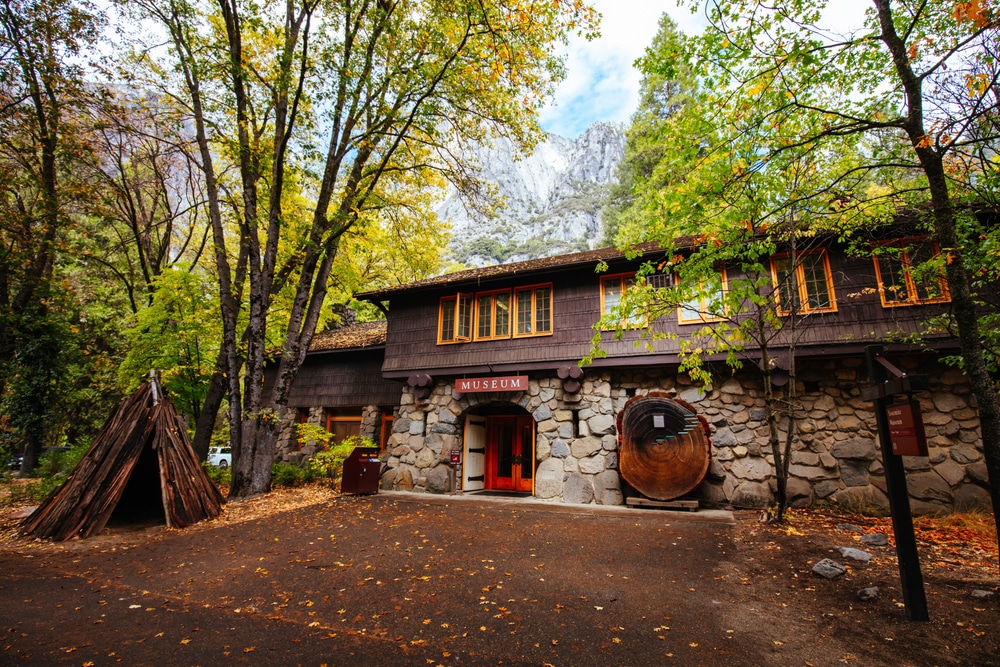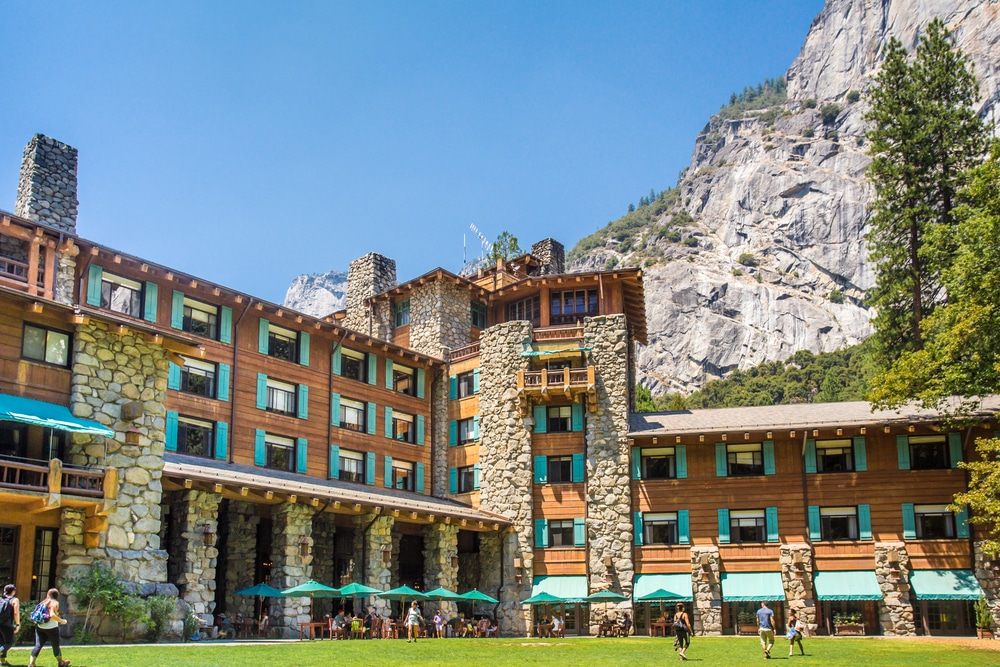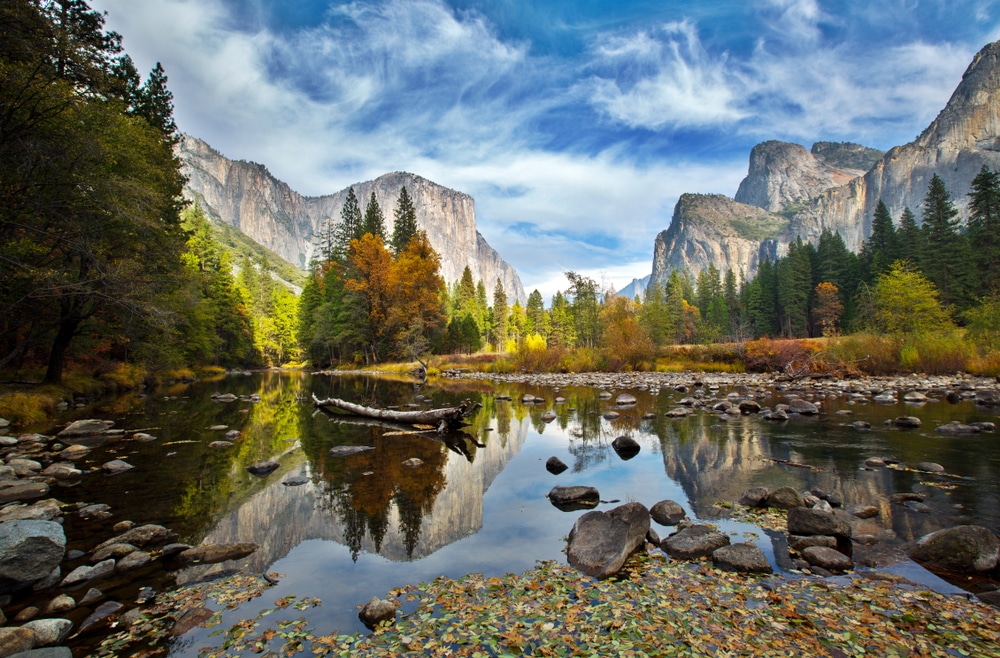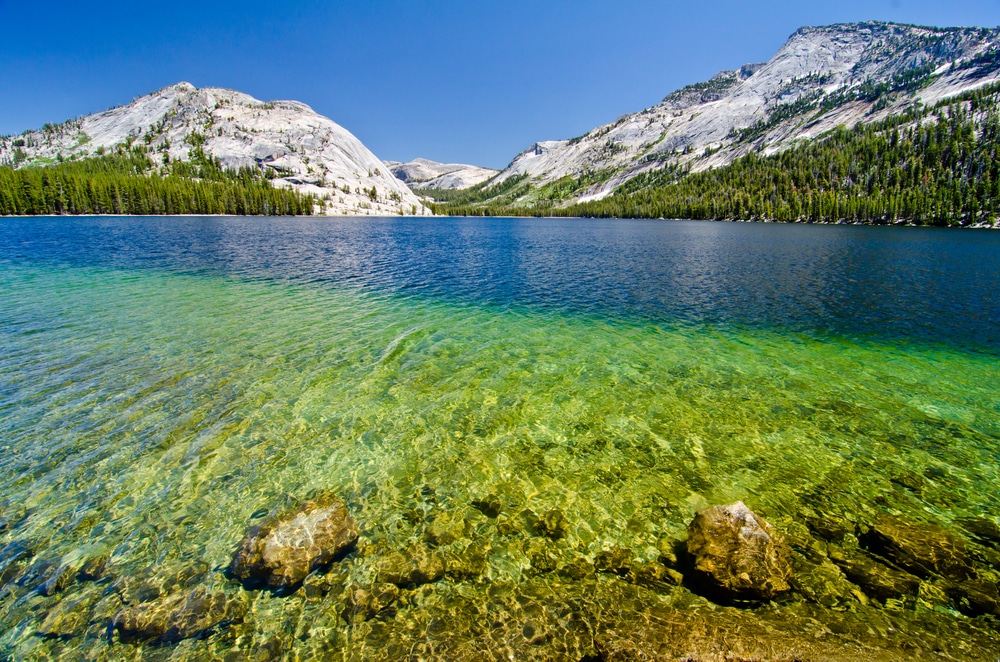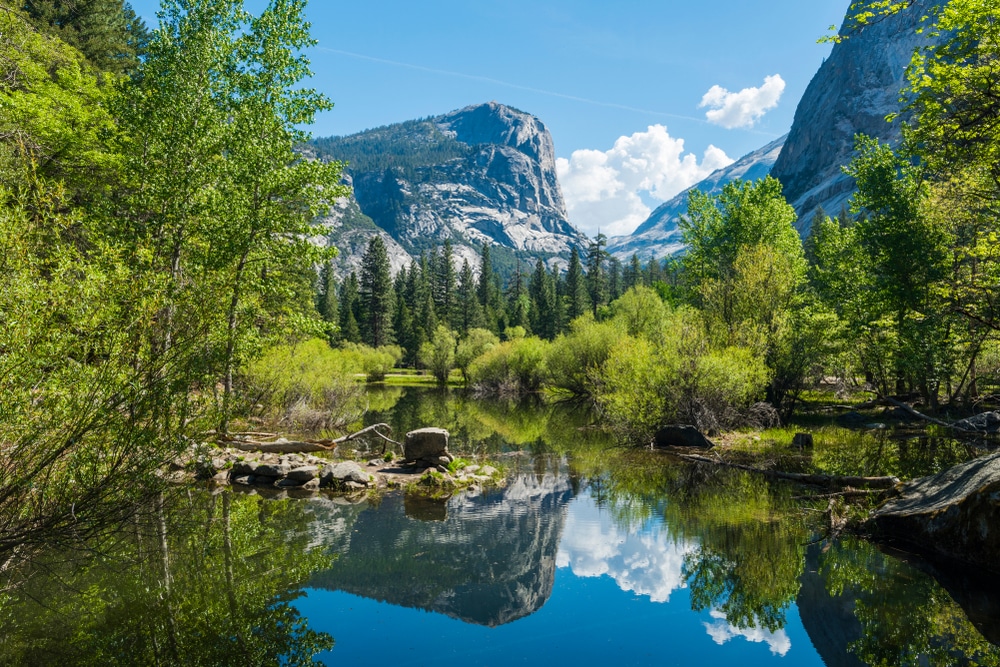Yosemite Valley, located in the western Sierra Nevada mountains of Central California, is a glacial valley renowned for its breathtaking beauty, unique geological formations, and rich history. As the crown jewel of Yosemite National Park, the valley attracts millions of visitors each year who come to marvel at its iconic cliffs, waterfalls, and diverse ecosystems. This detailed profile delves into the geology, ecology, history, and cultural significance of Yosemite Valley, providing a comprehensive understanding of this natural wonder.
Geographical Overview
Yosemite Valley is approximately 7.5 miles long and less than a mile wide, with sheer granite walls rising about 3000 to 4000 feet from the valley floor. The Merced River flows through the valley, meandering through meadows and under towering cliffs. The most notable geographical features of Yosemite Valley include Half Dome, El Capitan, and Yosemite Falls.
Half Dome
Half Dome is perhaps the most iconic symbol of Yosemite Valley. This granite dome has a unique shape with one side being perfectly round and smooth while the other is a sheer cliff. It rises more than 4,737 feet above the valley floor and is a popular, though challenging, destination for hikers.
El Capitan
El Capitan is a vertical rock formation that stands about 3,000 feet from base to summit along its tallest face. It is a favorite challenge among rock climbers globally due to its size and the difficulty of its routes.
Yosemite Falls
Yosemite Falls, one of the world’s tallest waterfalls, drops a total of 2,425 feet in three sections. The waterfall is a major attraction in the spring when it reaches its peak flow.
Geological Formation
The formation of Yosemite Valley is a story of nature’s power sculpting the landscape over millions of years. The valley was carved by glacial activity during the last Ice Age, which ended about 10,000 years ago. Before glaciation, the area was shaped by the uplift and erosion of the Sierra Nevada batholith, a massive intrusion of igneous rock.
Glacial Action
The glaciers that carved Yosemite Valley were part of the vast ice sheets that covered much of North America. These glaciers acted like natural bulldozers, deepening and widening the river valley. The U-shaped valley we see today is a classic example of glacial morphology.
Flora and Fauna
Yosemite Valley hosts a diverse range of plant and animal species, adapted to its various ecological zones. The valley floor, primarily meadows and forests, supports species such as black oaks, ponderosa pines, and incense cedars.
Wildlife
The fauna in Yosemite Valley includes black bears, mule deer, bobcats, and a variety of birds and small mammals. The park’s management practices aim to preserve this biodiversity, focusing on protection and education to minimize human-wildlife conflicts.
Vegetation
The valley’s vegetation varies significantly with elevation and microclimate. The riparian areas along rivers and streams are lush with willows and other moisture-loving plants, while drier areas support hardier species.
Human History
Yosemite Valley’s human history is as rich and varied as its natural history. The area was originally inhabited by Native American tribes, predominantly the Ahwahnechee people.
Native American Heritage
The Ahwahnechee lived in the valley for centuries before European settlers arrived. They managed the land through controlled burning, which maintained the health of the meadows and oak groves.
Exploration and Conservation
The first non-Native Americans to visit Yosemite Valley were likely European-American miners and settlers in the mid-19th century. The beauty of the valley quickly became known, leading to its designation as a protected area. Notably, the efforts of individuals like John Muir were instrumental in the establishment of Yosemite National Park in 1890.
Modern Significance
Today, Yosemite Valley is not only a hub for nature lovers and outdoor enthusiasts but also a vital resource for scientific research and environmental education.
Tourism and Recreation
The valley offers a range of outdoor activities, including hiking, rock climbing, photography, and bird watching. Iconic hikes like the trek to the top of Half Dome or the Mist Trail to Vernal and Nevada Falls offer unforgettable experiences.
Conservation Efforts
Ongoing conservation efforts in Yosemite Valley are crucial for the preservation of its unique landscapes and biodiversity. These efforts are focused on restoring habitats, protecting wildlife, and managing tourism sustainably.
Conclusion
Yosemite Valley is a testament to nature’s artistry and resilience. Its stunning landscapes and diverse ecosystems make it a place of endless discovery and inspiration. For those who visit, the valley offers a profound connection to the natural world, and for those who study and protect it, Yosemite represents a continuing challenge in balancing human recreation with ecological preservation. This majestic valley not only showcases the beauty of the American wilderness but also embodies the spirit of conservation that has been crucial in the development of national parks and environmental protection policies worldwide.
